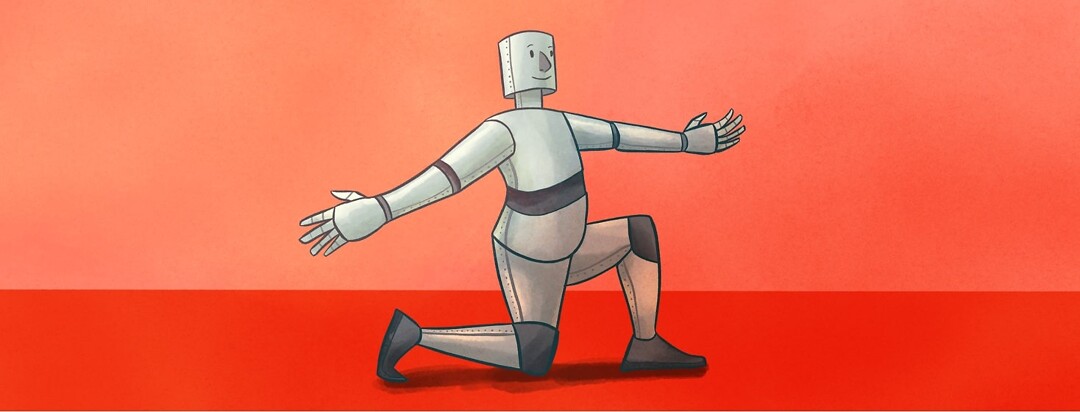How I Cope With Stiffness: Stretch Every Day
I need to stretch every day.
Without fault, my hips are always stiff and the only way to keep adequate mobility is to constantly stretch. Particularly, I’m almost always stiff in my hip flexors and along the outer side of my leg around my IT band.
I am more flexible than I have ever been, but conversely, my muscles are stiffer than ever before.
Moving during stretches is often underrated. When I began doing yoga, I found myself struggling to hold poses for over a minute. I’ve slowly realized my body reacts poorly to long stretch holds. It seems counterintuitive, but my body will actually tense up more when I begin to hold a position for too long.
That’s not to say I don’t do static stretching; I just alter my approach.
My stretching approach
Growing up I was always taught to hold a stretch. You do a stretch for 30 seconds, then move on to the next one. However, living with AxSpA I begin to notice my body would tense up holding a position for extended periods of time.
There are many ways to stretch. I listen to my body because I need to release muscle tension in a different way day in, day out.
Sometimes a static stretch is what I need, but more often I will hold them for about 10 seconds and alternate. Other times, I will pulse in and out of the stretch or move slowly deeper and shallower through the stretch to not remain in the same place.
Here are the four key areas stretches I try and implement in some form every day to keep my body moving properly.
Hip flexor
One knee on the ground, the other leg planted in front at a 90-degree angle with a slight lean back in my torso and tucking my pelvis under to open up the front part of my hip.
This stretch is integral and there are so many ways to modify the lunge position to stretch in the way I need to on that day.
A great secret modification I like to do is to drop my hands inside my front foot so I’m in a low lunge. From there, I roll my front knee outward so my foot is no longer flat on the floor but the outer edge of my foot is on the ground.
It is a great way to open up a tight hip.
Groin
Standing upright, feet wide, toes slightly pointed outward, I bend my knees and drop my bum down into a sumo squat. This is probably my favorite stretch and the silliest looking one.
A great variation when my groin is particularly tight is, once down in the squat, to put my hands on my knees and slowly twist my shoulders side to side. It is a great stretch to get mobility in the hips as well as upper back and shoulders. It helps find the problematic spots and give those areas a little extra attention.
Often I will activate and stretch my shoulders at the same time, or use my hands to lightly put pressure on the inside of my knees to find a deeper stretch.
Hips
I have to give credit to my physiotherapist for suggesting this modification to a stretch. The common figure four stretch is the one I use most to stretch out my hips, but I lay at the base of a wall or hard surface (I use my tv stand because it’s the perfect height) to anchor my non-stretching leg.
From here I will gently pull my cross-over knee to my chest which will extend the stretch into my lower back. This is the most static stretch I do, so I often only do it for 10 seconds at a time and alternate legs to not seize up.
Lower back
Sitting down, feet together in front of me with my soles together and knees pointed out. It’s much like the common butterfly stretch for the groin, except I extend my feet forward until my legs make a diamond shape. Then, I lean forward trying to touch nose to toes until I feel a stretch in my lower back.
There is not a lot of room for movement in this stretch, so this is another example of where I implement my 10 second rule. Down for 10 seconds, then come up for a break and repeat. I never push this one too hard, but it always seems to give a bit of help.

Join the conversation